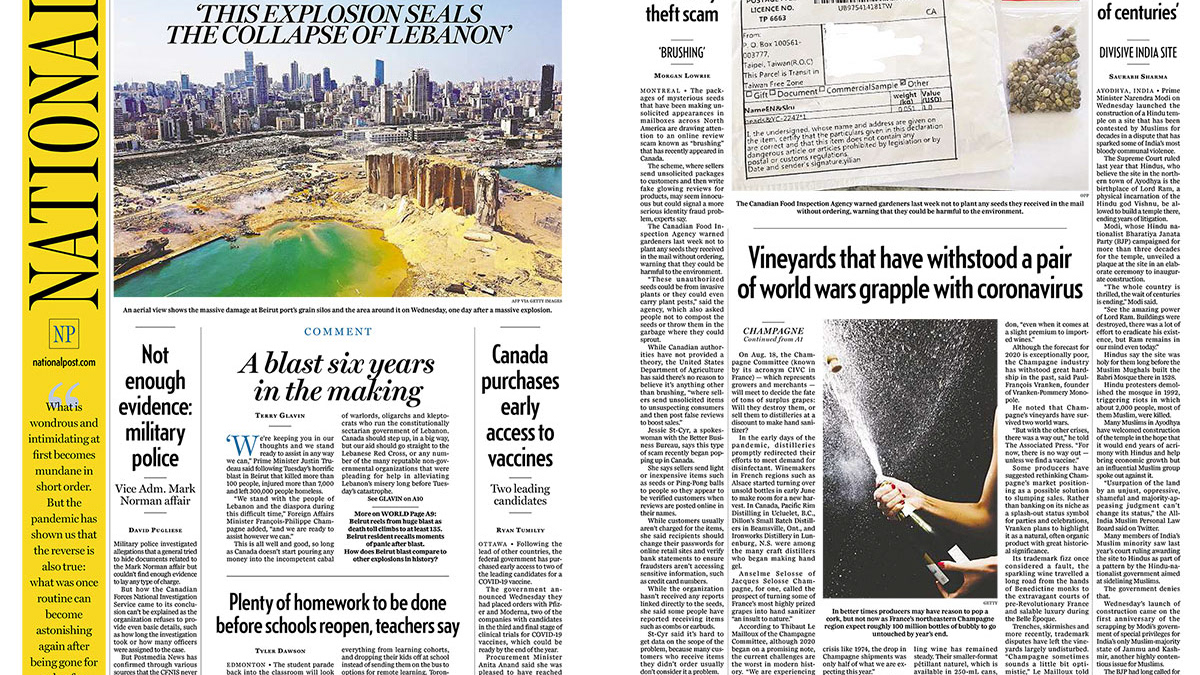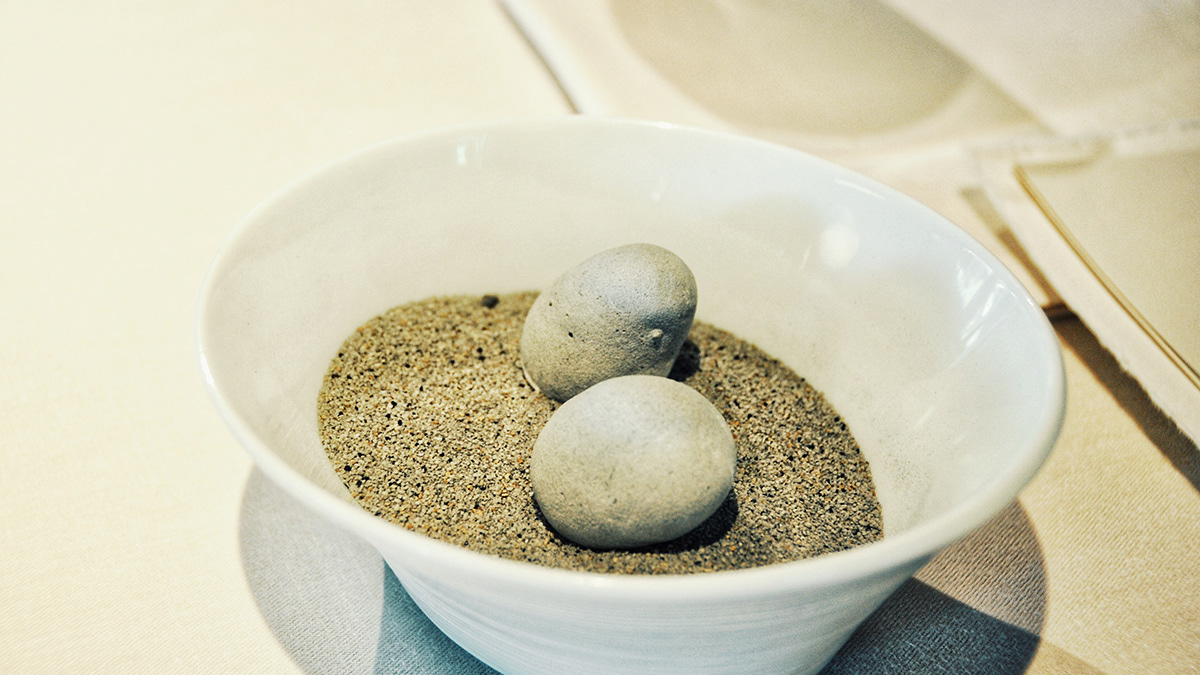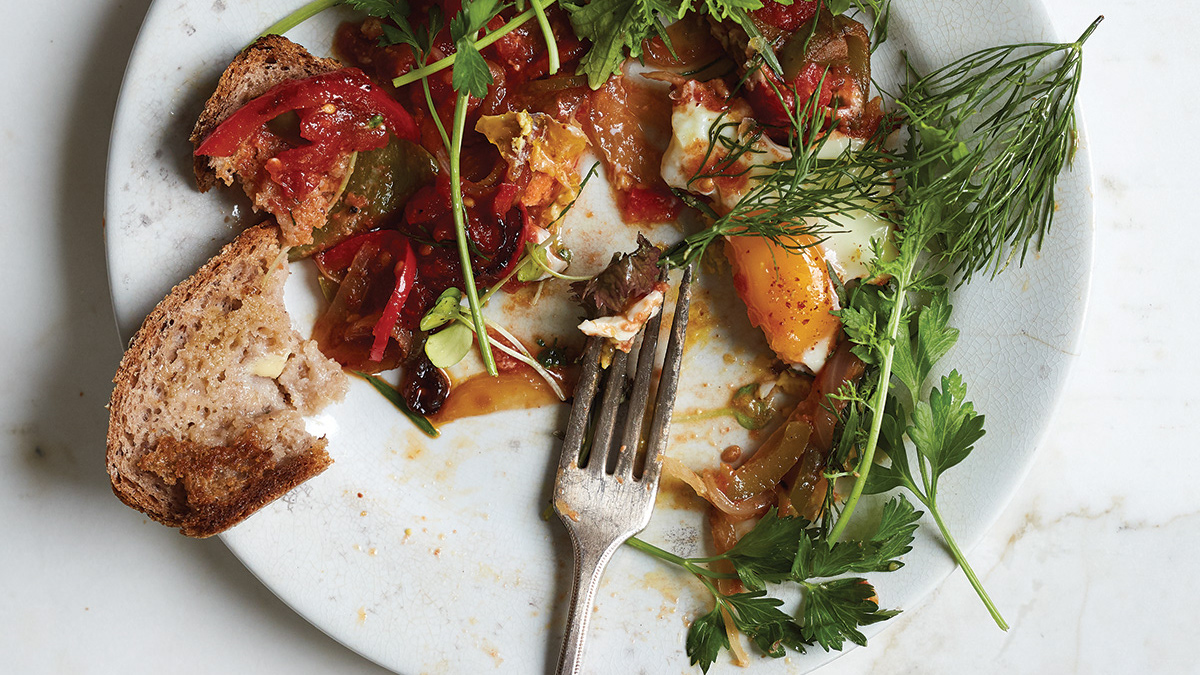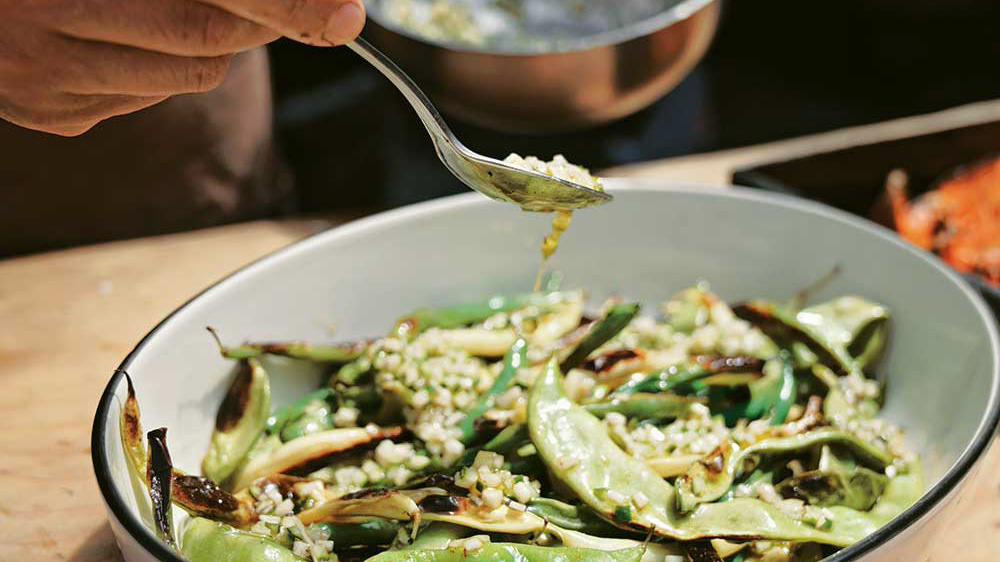ILLUSTRATION: Fiona Strickland/Phaidon Press; Egg in the Middle
Laura Brehaut/Postmedia News
Originally published on April 2, 2013; canada.com
Originally published on April 2, 2013; canada.com
The culinary uses of eggs are many – they bind, emulsify, leaven, thicken and glaze. They provide flavour, colour, texture and form. Accompanied by little more than a slice of toast and some vegetables, they can comprise a simple, inexpensive breakfast, lunch or dinner. Personal preference is an important consideration when talking eggs – soft-boiled, over-easy, sunny-side up, scrambled or an omelette baveuse (runny omelette) are all perfectly viable ways of enjoying this versatile food.
English chef Rose Carrarini, co-founder of Rose Bakery in Paris, London, Tokyo and Seoul, focuses on the “humble hero” in her new cookbook How to Boil an Egg (Phaidon Press, March 2013). From Deep Custard Tarts to Egg & Cress Salad, the hen’s egg is either the star or an integral ingredient in the collection of 84 recipes, which features 39 colour illustrations by botanical artist Fiona Strickland.
Carrarini chose not to include photographs in the book in an effort to differentiate How to Boil an Egg from other cookbooks, which predominantly include photographs alongside recipes. “I just wanted this to be a bit more special in many ways,” she says. “On the other hand, I didn’t want illustrations; I didn’t want something vaguely resembling what I’m writing about. It had to be absolutely realistic.”
Being a fan of the detailed work of botanical painters, Carrarini requested Phaidon come up with a shortlist of artists to consider. “They had a whole selection of them for me and Fiona’s came up and her colours are so vivid and so realistic that she was the one,” she says. The two didn’t meet until the book officially launched, and Strickland worked from photographs of the dishes to create the paintings.
The recipes are divided into four chapters: Simply Eggs (including five basic ways to cook eggs, and sauces), Eggs for Breakfast (including egg dishes such as Eggs Benedict, scones and muffins, and pancakes, popovers and oats), Eggs for Lunch (including soups, gratins, tarts, main courses, savoury custards, salads and light lunches), and Eggs for Tea (including cakes and puddings).
The concept of devoting an entire cookbook to the basic ingredient grew on Carrarini after some initial skepticism. Following the success of her first book Breakfast, Lunch, Tea (Phaidon Press, November 2006), Phaidon proposed the idea. “There are so many books out there on eggs. But I went away and thought about it in terms of Rose Bakery and what we use eggs for, and it suddenly occurred to me that without them, Rose Bakery really would hardly exist,” Carrarini says with a laugh.
Carrarini and her husband Jean-Charles opened the first Rose Bakery in the 9th arrondissement of Paris in the spring of 2002 after running Villandry, a high-end deli in London, and working for a decade in the fashion industry. “It was a natural decision [to leave fashion for food],” Carrarini says. “During the fashion years we travelled to Italy and Japan a lot, and the first places we went to were always the food places. We weren’t interested in fashion shops or clothes. We always went to the markets, the newest restaurants, and we were just inspired by that.”
The reception from other retailers in the area wasn’t warm from the start, but customers soon started lining up for Rose Bakery’s English-inspired brunch and afternoon tea. “The other bakers couldn’t believe that an English pastry chef was going to dare open in Paris, and they didn’t think we’d last more than six months,” Carrarini says. “We were just confident. We knew that anything of quality works in Paris.”
Today, afternoon tea is the bakery’s busiest time of day and with the exception of their vegan cakes, eggs are essential to many of the most popular desserts such as Bread & Butter Pudding and Rose Bakery Chocolate Mousse. In fact, it was due to customer demand that Carrarini included her recipe for Chocolate Orange Muffins in How to Boil an Egg (recipe below). “We do a lemon polenta and an orange chocolate muffin. The lemon ones are in the first book and, because I love chocolate and orange, we made a chocolate version and people asked us about that,” she says. “A lot was to do with what customers wanted, and then the other part of it was what I thought was necessary, and what I liked.”
Carrarini emphasizes that she tried not to cheat when coming up with the recipes for the book, and simply tweak existing dishes to include eggs – the one exception being the Rose Bakery Ratatouille. “I needed to include that,” she says laughing. “We do ratatouille and eggs at Rose Bakery but what I didn’t want to do in the book was just do amazing vegetable dishes, which we do anyway and then just put an egg on top. It just seemed to be too easy.”
Japanese cuisine is one of Carrarini’s favourites, and its influence can be seen throughout the book. Eggs Baked in Dashi (a Japanese stock made from seaweed and dried fish), and three variations on Chawanmushi (a savoury custard ‘steamed in a tea bowl’, recipe below) are included. “I’ve always liked Japanese food. I go to Japan quite a bit now and I draw inspiration from that,” she says. “I think it’s a very healthy way to eat, it suits me. The use of seaweeds and their egg custard appeal to me, and it seemed like a good way to use eggs in the book. It’s quite tricky to do but it’s worth it.”









